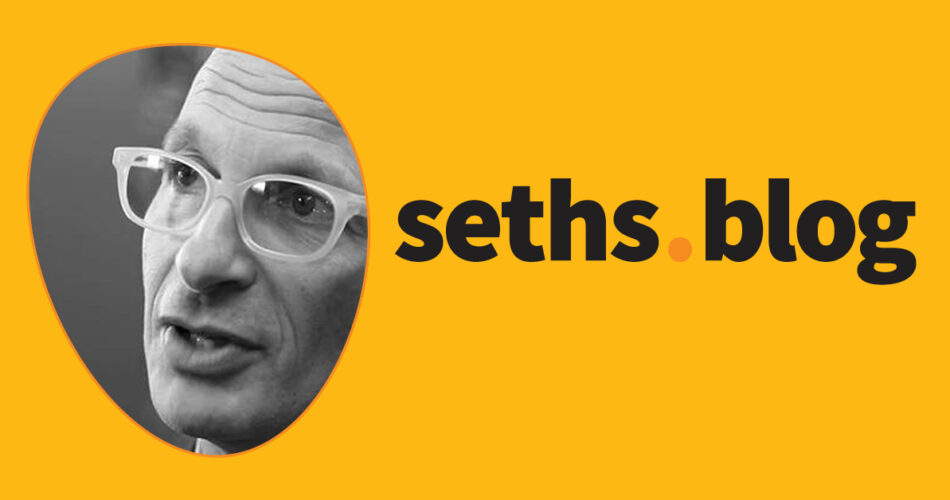When we’re not certain of the right answer, the best approach is to have a portfolio, a range of bets that reward us with resilience and significant upside.
An example can be something as simple as what to put on the buffet–if you’re not sure who’s coming to the meeting, it makes sense to have a variety of options, because the chances you’ll get it right go way up.
A more important example is in filling a job. If you only interview people from similar backgrounds and with similar skills, you’re eliminating a huge pool of talent that might in fact be a much better fit for the job.
The mistake we often make is in building a choice set (which we mistakenly call a ‘portfolio’) by trying again and again for one guaranteed ideal choice. That’s not a portfolio. Instead, we should focus on going to the edges, not trying to group everything at some imaginary ‘center’.
Back to the simple buffet example. If you have one spicy dish, one vegan dish, one dish without cilantro and one dish from a cuisine that’s out of the ordinary in this setting, your chances of “best lunch ever” are far higher than if you simply put out very slight variations of one theme.
When we can’t be sure of the future, a portfolio that acknowledges this by going to various edges will outperform one where we pretend we know the right answer.
Source link



